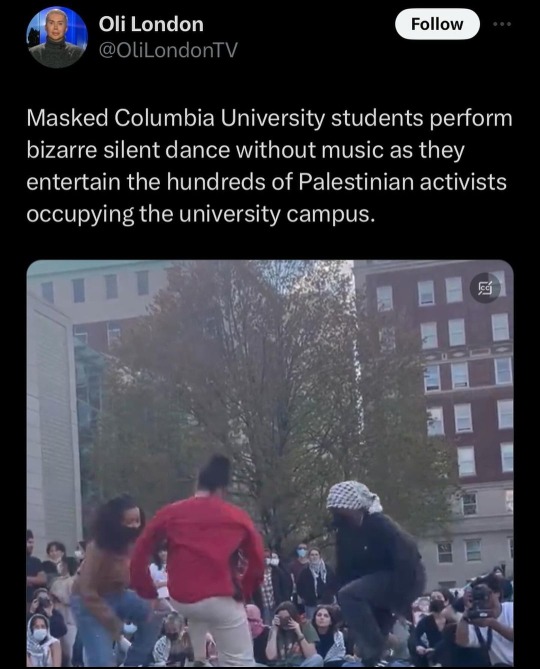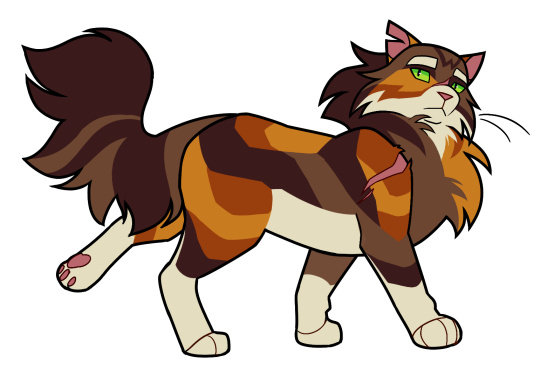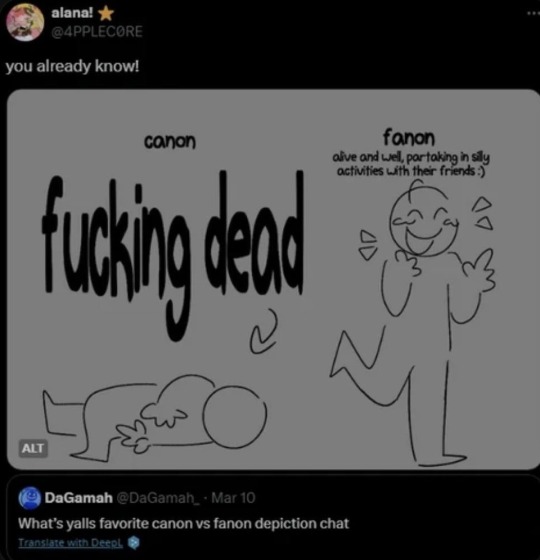Text

You can take the apartheid out of South Africa but you can never take it out of a white South African
10K notes
·
View notes
Text
worried that thing you put in your art or writing or game or music is too self-indulgent, too self-referential, too niche for anyone but yourself? fear not! you can do whatever you want forever. and you should.
35K notes
·
View notes
Text

On the topic of English people being shitheads towards Welsh people - This fucking dude today on AITA
137K notes
·
View notes
Text

The protests at Emory university in Atlanta have been met with the most violent police brutality by far. Students have been tased, tear gassed shot with rubber bullets and THEY WILL NOT STOP because they are courageous Beings with a heart to match and the common people will not accept anything less than a Free Palestine 🙏🍉
121 notes
·
View notes
Text
People who send anon hate and expect to be taken seriously are so funny like ohhhh shit looks like I got the Phantom of the Askbox on my ass
92K notes
·
View notes
Text

History of Step
What is Stepping?
What is Step?
Stepping or step dancing is “a percussive dance in which the participant’s body is used to produce complex rhythms and sounds through a mixture of footsteps, spoken word, and hand-claps,” writes the African American Registry.
Step has its origins in Africa, as dancing has been a large part of traditional African culture for centuries.
Calling Step a "bizarre silent dance without music" has to be one of the wilder antiblack racist descriptions I've ever heard of stepping lmao. Anyway if you see the video, it's step!!! They're stepping!! It's a Black American form of dance!!
4K notes
·
View notes
Text
fucked up how true crime almost always means rape/killing/kidnapping shit. what i lf i wanted true crime about the #1 best walmart shoplifter.
1K notes
·
View notes
Note
good afternoon
could you draw Tawnypelt?

yesss. the beloved
1K notes
·
View notes
Text
they used to make smackable technology. you used to be able to hit your tv when it didn't work good.
63K notes
·
View notes
Text
i hate when shit says "no trans fats" on it like those are 2 of my favorite words and ur saying theres none of them
16K notes
·
View notes
Text
reblog if you enjoy napping, being cozy, being conked out, snoozing, wrapping up in blankets, sipping a hot drink, catching some z's, hugging a plushie, or otherwise relaxing and resting
31K notes
·
View notes
Text
my clone using tumblr in 2044: wanted to cosplay as Ultima Kramer from Seinfeld Generations today but the surface temperature outside the pod was 130 so all the gray body paint melted off 😖
235 notes
·
View notes
Text
I was meeting a client at a famous museum’s lounge for lunch (fancy, I know) and had an hour to kill afterwards so I joined the first random docent tour I could find. The woman who took us around was a great-grandmother from the Bronx “back when that was nothing to brag about” and she was doing a talk on alternative mediums within art.
What I thought that meant: telling us about unique sculpture materials and paint mixtures.
What that actually meant: an 84yo woman gingerly holding a beautifully beaded and embroidered dress (apparently from Ukraine and at least 200 years old) and, with tears in her eyes, showing how each individual thread was spun by hand and weaved into place on a cottage floor loom, with bright blue silk embroidery thread and hand-blown beads intricately piercing the work of other labor for days upon days, as the labor of a dozen talented people came together to make something so beautiful for a village girl’s wedding day.
What it also meant: in 1948, a young girl lived in a cramped tenement-like third floor apartment in Manhattan, with a father who had just joined them after not having been allowed to escape through Poland with his pregnant wife nine years earlier. She sits in her father’s lap and watches with wide, quiet eyes as her mother’s deft hands fly across fabric with bright blue silk thread (echoing hands from over a century years earlier). Thread that her mother had salvaged from white embroidery scraps at the tailor’s shop where she worked and spent the last few days carefully dying in the kitchen sink and drying on the roof.
The dress is in the traditional Hungarian fashion and is folded across her mother’s lap: her mother doesn’t had a pattern, but she doesn’t need one to make her daughter’s dress for the fifth grade dance. The dress would end up differing significantly from the pure white, petticoated first communion dresses worn by her daughter’s majority-Catholic classmates, but the young girl would love it all the more for its uniqueness and bright blue thread.
And now, that same young girl (and maybe also the villager from 19th century Ukraine) stands in front of us, trying not to clutch the old fabric too hard as her voice shakes with the emotion of all the love and humanity that is poured into the labor of art. The village girl and the girl in the Bronx were very different people: different centuries, different religions, different ages, and different continents. But the love in the stitches and beads on their dresses was the same. And she tells us that when we look at the labor of art, we don’t just see the work to create that piece - we see the labor of our own creations and the creations of others for us, and the value in something so seemingly frivolous.
But, maybe more importantly, she says that we only admire this piece in a museum because it happened to survive the love of the wearer and those who owned it afterwards, but there have been quite literally billions of small, quiet works of art in billions of small, quiet homes all over the world, for millennia. That your grandmother’s quilt is used as a picnic blanket just as Van Gogh’s works hung in his poor friends’ hallways. That your father’s hand-painted model plane sets are displayed in your parents’ livingroom as Grecian vases are displayed in museums. That your older sister’s engineering drawings in a steady, fine-lined hand are akin to Da Vinci’s scribbles of flying machines.
I don’t think there’s any dramatic conclusions to be drawn from these thoughts - they’ve been echoed by thousands of other people across the centuries. However, if you ever feel bad for spending all of your time sewing, knitting, drawing, building lego sets, or whatever else - especially if you feel like you have to somehow monetize or show off your work online to justify your labor - please know that there’s an 84yo museum docent in the Bronx who would cry simply at the thought of you spending so much effort to quietly create something that’s beautiful to you.
26K notes
·
View notes



